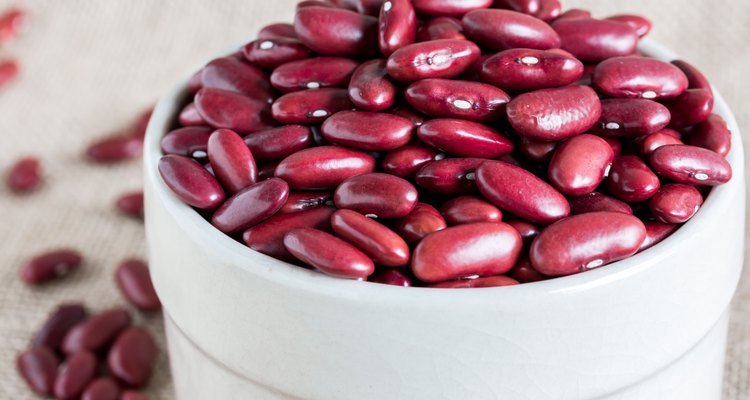
Pachai-Leknettip/iStock/Getty Images
Getting the recommended 25 to 38 grams of fiber per day in your diet may help lower your risk for high cholesterol, heart disease, colon cancer and digestive conditions such as diverticulosis, hemorrhoids and constipation. Because fiber adds bulk to your diet and slows the emptying of your stomach, it also helps you feel full longer, so you may find it easier to maintain your weight with a high-fiber diet. Beans are one of the better sources of fiber.
White, Navy and Great Northern
A cup of boiled navy beans has 19.1 grams of fiber, and the same amount of small white beans has 18.6 grams. Choose canned great northern beans instead and you'll still get 12.8 grams of fiber per cup. White beans tend to have a mild flavor, making them suitable for pureeing and then using them as a fat replacement for up to half of the fat in baked goods, such as brownies, or to thicken soups.
Adzuki, Kidney and Pinto
adzuki beans have 16.8 grams of fiber per cup. Boiled kidney beans are also an excellent source of fiber, with 16.5 grams per cup, as are pinto beans, with 11 grams per cup. Although some types of white beans have more fiber than red beans, colored beans, such as red or black beans, tend to contain more beneficial antioxidants, according to the North Dakota State University Extension.
Black Beans and Cranberry Beans
Canned black beans have about 16.6 grams per cup, and boiled cranberry beans provide 17.7 grams of fiber per cup. Use a mix of black and red beans to make a bean salad, add them to burritos or quesadillas or serve them with brown rice. Black beans also make good veggie burgers, and you can use cranberry beans to make baked beans or add them to pasta.
Chickpeas and Lentils
Boiled lentils provide 15.6 grams of fiber per cup, and boiled chickpeas have 12.5 grams per cup. Lentils are a great choice if you're short on time and don't want to use canned beans because they don't require soaking before cooking. Make soup with lentils, or use them to make a vegetarian version of meat-based dishes, such as sloppy joes or shepherd's pie. Use chickpeas to make a hummus dip for vegetables, or add them to salads or soups to increase the fiber and protein in your meal.
Related Articles

Spices to Use in Red Beans
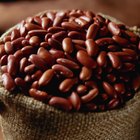
Calorie Count of Beans

Can I Substitute Chickpeas for Black ...
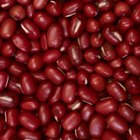
How to Soak Adzuki Beans
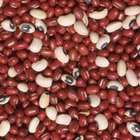
How to Convert Dried Beans to Cooked ...

How to Freeze Lentils

How to Reconstitute Dried Beans
Best Crock-Pot Pinto Beans Recipe
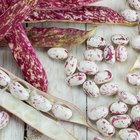
What Is the Nutrition for Cranberry ...

How to Rehydrate Chickpeas

How to Eliminate Gas When Cooking White ...

How to Cook Dried Chickpeas Without a ...
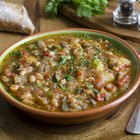
Calories in Homemade Bean Soup

How to Cook Beans

Ways to Eat Kidney Beans
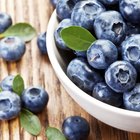
The Carbohydrates in Blueberries

How to Make Homemade Red Bean Paste ...

How to Make Sweet Brown Rice

How to Buy & Cook Lentils

How to Cook Chickpeas for Hummus
References
Writer Bio
Based in Massachusetts, Jessica Bruso has been writing since 2008. She holds a master of science degree in food policy and applied nutrition and a bachelor of arts degree in international relations, both from Tufts University.
Photo Credits
Pachai-Leknettip/iStock/Getty Images